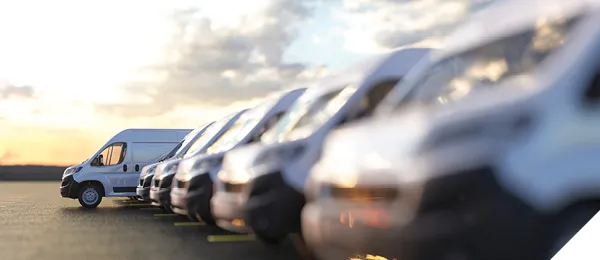If you’re finding it difficult to manage multiple payments and feeling overwhelmed, consolidating your debts into a single loan with one monthly payment might be the solution. Debt consolidation is a strategy to streamline your finances and alleviate the burden on your bank account.
What Is Debt Consolidation?
Debt consolidation involves combining your different debts into a singular loan, resulting in a streamlined process with a single monthly payment. In some cases, this consolidated loan may have a lower interest rate than your previous debts.
An efficient way to help you manage your debt load is to consolidate it into your Home Equity Line of Credit (HELOC). By having a consistent payment throughout the loan’s duration, you’ll have a clear understanding of your monthly expected payment.
Managing payments and outstanding balances for car loans, credit cards, student loans or medical debt can be challenging and expensive. According to Forbes, individual credit card debt increased in 2024, with the average interest rate for credit cards climbing to 28.60%. If you have a less than stellar credit score, interest rates can be even higher.
Owning your home, with an existing HELOC already on your account, makes debt easier to manage – and ultimately minimize your existing debt.
A Lower Interest Rate
As your home serves as collateral, HELOC rates are typically lower compared to rates on credit cards, certain auto loans and student loans. A lower interest rate enables you to allocate more funds each month towards reducing the balance or pursuing other financial objectives.
Streamlined Payments
If you have multiple credit cards or several other loans, consider consolidating them into one HELOC. That means you only have one payment to keep track of each month. To make it even easier on yourself, consider signing up for automatic payments for at least the minimum amount so that you’ll never miss a payment.
If your credit card balances exceed your limits, it can negatively impact your credit score. However, by transferring that debt to a HELOC and gradually reducing the balances, you can potentially enhance your credit score in the long run.
Considering Timing: When Is Debt Consolidation a Good Idea?
To make the most of debt consolidation, it’s best to have a substantial amount of long-term debt and a good credit score, which may enable you to secure lower interest rates. It’s important that your cash flow can easily accommodate the new repayment plan. Additionally, take into account your spending habits, the reasons behind your debt, and your dedication to improving your financial situation. To ensure the success of debt consolidation, it’s crucial to halt any further debt accumulation and limit credit usage.
Get Started Today!
With a HELOC and a banking partner like Arizona Bank & Trust, a division of HTLF Bank at your side to offer guidance, you’ll soon be on your way to financial freedom. Contact us today and see how we can help with your debt consolidation.
These links are being provided as a convenience and for informational purposes only; they do not constitute an endorsement or an approval by HTLF of any of the products, services or opinions of the corporation or organization or individual. HTLF bears no responsibility for the accuracy, legality or content of the external site or for that of the subsequent links. Contact the external site for answers to questions regarding its content and privacy rules.









